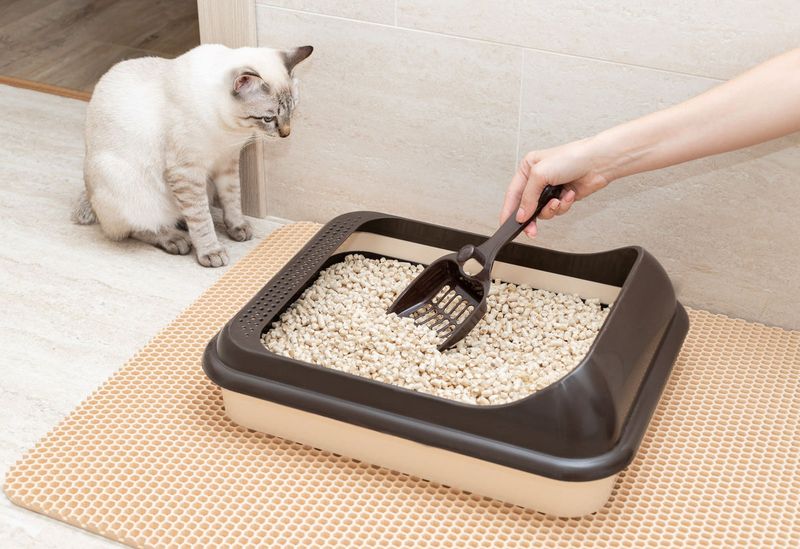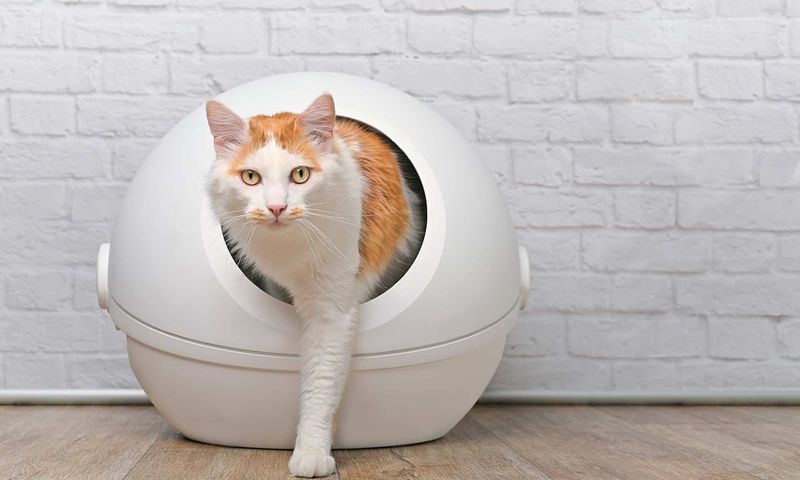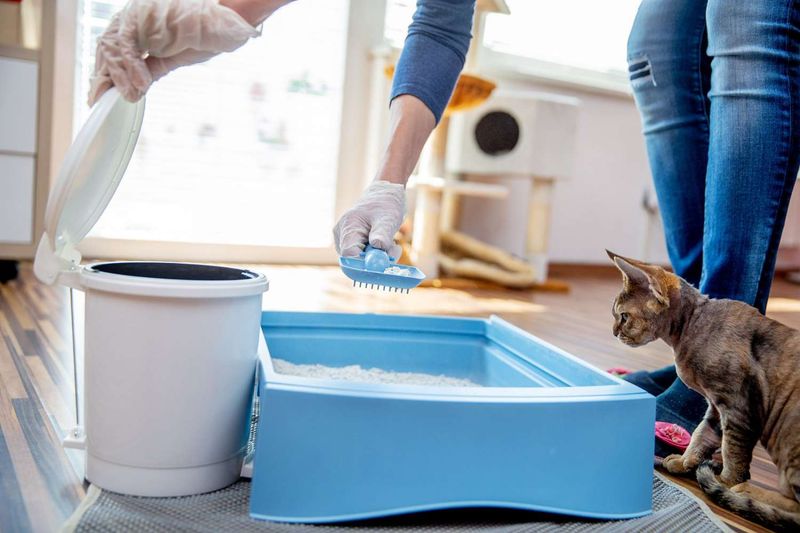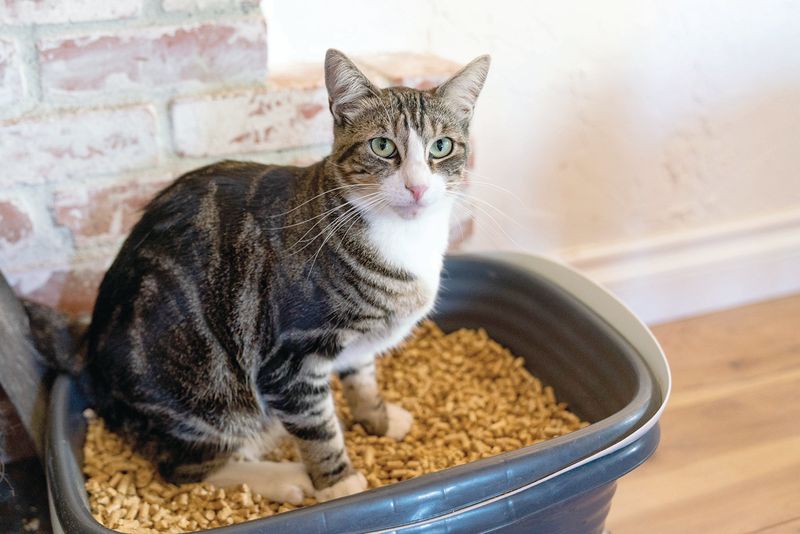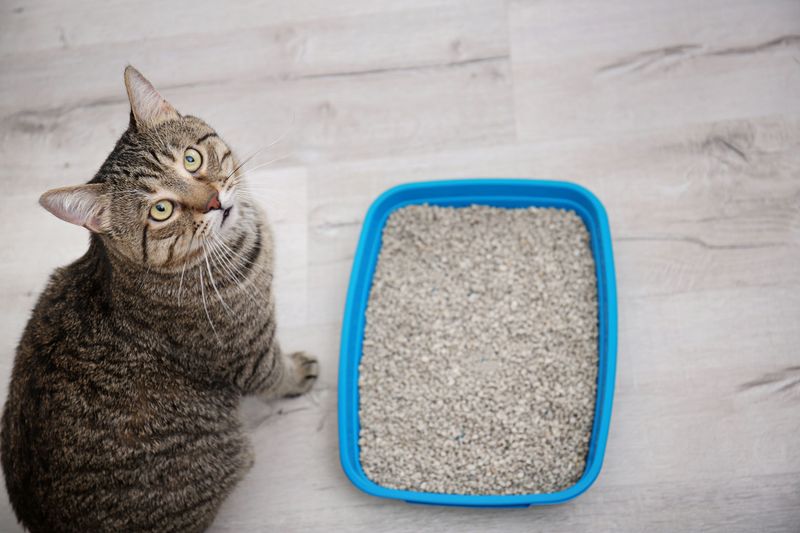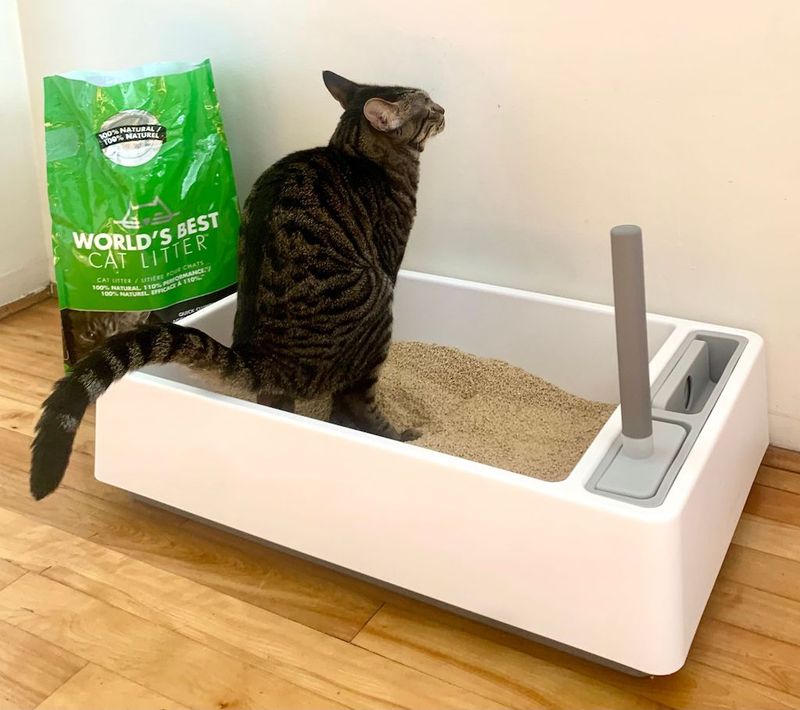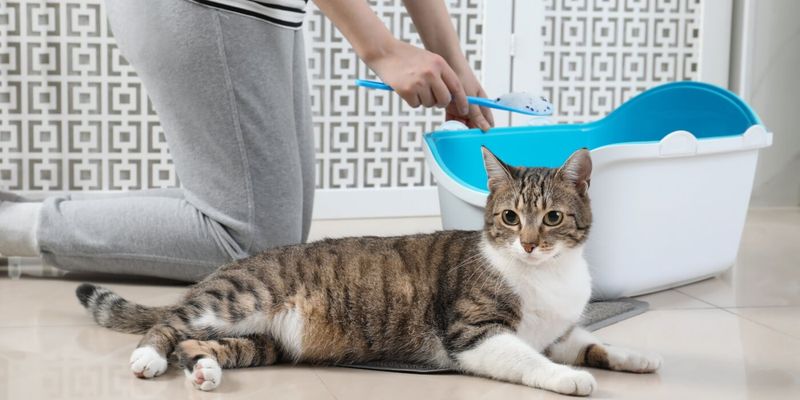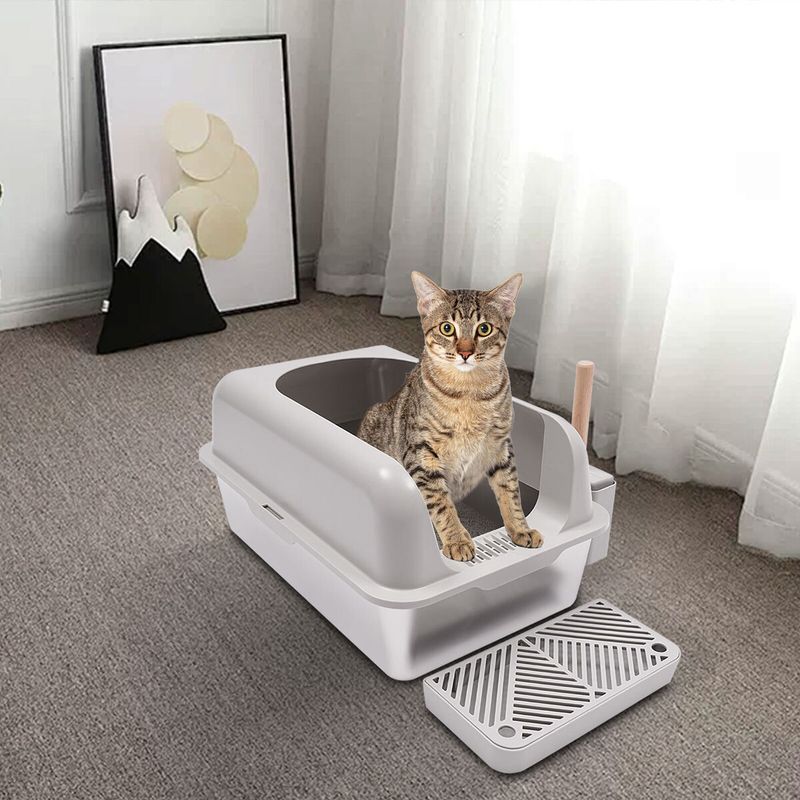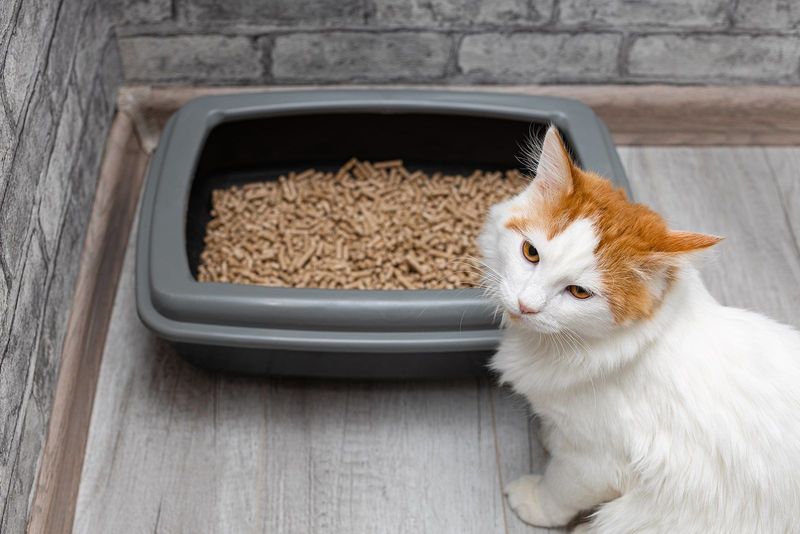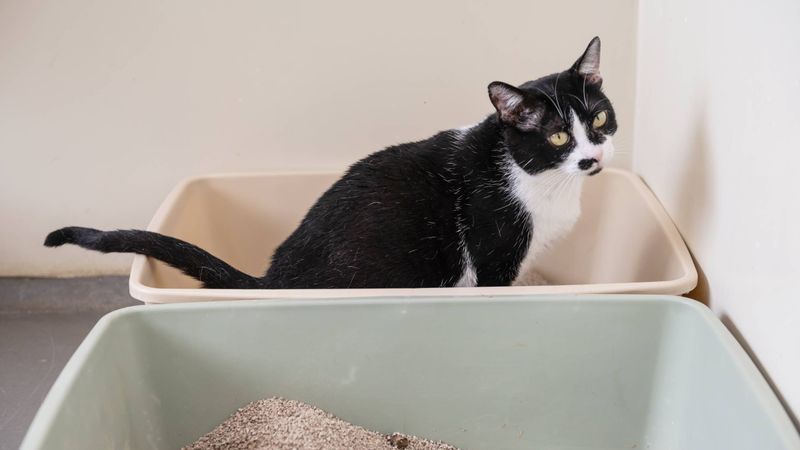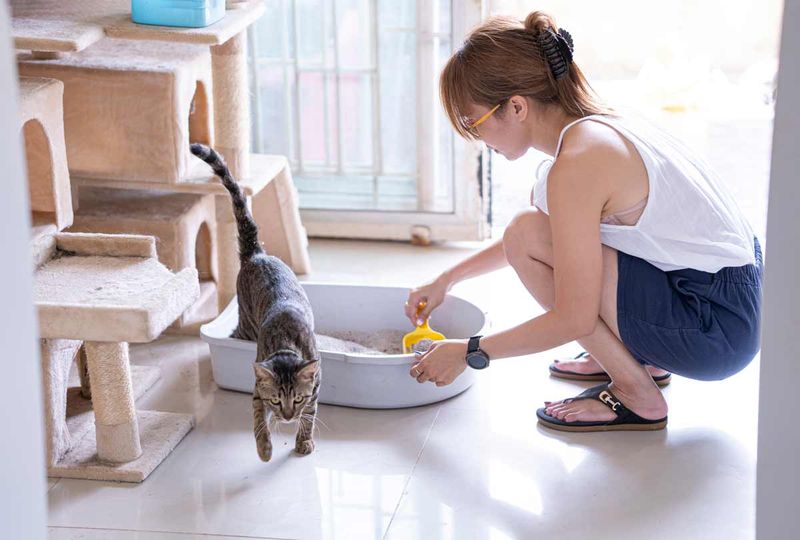📖 Table of Content:
Cat litter is an essential item in any home with a feline friend, but it can carry hidden health risks that many overlook. While it plays a key role in keeping indoor cats comfortable and clean, the potential dangers it poses to humans should not be underestimated. Various diseases and parasites can be transmitted through exposure to contaminated litter.
The risks associated with cat litter are often linked to poor hygiene, improper handling, or infected cats. From bacteria and parasites to fungal infections, these health threats can be easily avoided with proper precautions. Being aware of these dangers and how they are transmitted is crucial for keeping both cats and humans safe.
Maintaining a clean litter box is essential for minimizing health risks, but it’s also important to handle it correctly. Regularly cleaning and sanitizing the litter box, along with practicing good hygiene, can significantly reduce the chances of contamination. Awareness and proactive steps can ensure a safe environment for both pets and their owners.
1. Toxoplasmosis
Toxoplasmosis is an infection caused by the Toxoplasma gondii parasite. This parasite is often found in cat feces. If humans accidentally ingest it, there can be serious health implications. Most individuals may not show symptoms, yet pregnant women and those with weakened immune systems are at a higher risk.
Exposure can lead to severe complications, including birth defects or neurological issues. It’s essential to handle cat litter with care, using gloves and washing hands thoroughly afterward. Regular cleaning of the litter box also reduces risks, ensuring a safer environment for everyone involved.
2. Cat Scratch Fever
The Bartonella henselae bacteria cause Cat Scratch Fever, which is transmitted to humans through scratches or bites from an infected cat. Common symptoms include fever, fatigue, and swollen lymph nodes. Early diagnosis and treatment can help manage the infection.
While generally not serious, complications can arise in those with weak immune systems. Keeping your cat’s claws trimmed and avoiding rough play can minimize risks. Additionally, cleaning any scratches or bites immediately with soap and water helps prevent infection. Regular veterinary check-ups for your cat can also reduce the likelihood of them carrying this bacteria.
3. Cryptosporidiosis
If you’ve ever heard of cryptosporidiosis, it’s caused by Cryptosporidium parasites that thrive in contaminated water or soil. Though not commonly linked to cat litter, exposure to infected feces can still result in illness. Common signs include diarrhea, nausea, and abdominal discomfort.
Those with compromised immune systems may experience more severe symptoms. To protect against this infection, ensure proper hand hygiene after cleaning cat litter. Using a mask and gloves can provide additional protection. It’s advisable to regularly clean and disinfect the litter box to minimize the risk of spreading parasites.
4. Roundworms
Cats often carry roundworms, intestinal parasites that can be transferred to humans, particularly children, through contaminated surfaces. Ingesting the eggs can lead to symptoms such as abdominal discomfort, coughing, and fever. Practicing good hygiene and regular deworming for cats can help prevent transmission.
Regular deworming of your cat can prevent the spread of these parasites. It’s important to maintain a clean environment around the litter box and ensure children wash their hands after playing near it. This helps reduce the risk of transmitting roundworms to humans.
5. Hookworms
Walking barefoot on soil contaminated by hookworms can allow these parasites, carried by cats, to penetrate human skin. Once inside, they cause an itchy rash and may lead to abdominal discomfort. Their movement through the body can trigger these unpleasant symptoms.
Preventive measures include wearing shoes when walking outdoors and maintaining good hygiene practices. Regular deworming and veterinary care for your cat is crucial to prevent hookworm infections. Keeping the litter area clean further minimizes the risk of encountering these parasites.
6. Tapeworms
Tapeworms are long, flat worms that can infect cats through the ingestion of fleas. Humans can inadvertently ingest these through accidental contact with contaminated surfaces. Symptoms in humans are rare, but when present, they may include abdominal discomfort or irritation around the anus.
Flea control in pets is key to preventing tapeworm infections. Regularly cleaning your cat’s living area and maintaining personal hygiene can further reduce risks. Consulting a vet for appropriate treatments and preventive measures is recommended to keep both pets and humans safe.
7. Fungal Infections (e.g., Histoplasmosis)
Exposure to contaminated soil or cat feces can lead to fungal infections like Histoplasmosis, which primarily impacts the respiratory system. Symptoms often include coughing, fever, and difficulty breathing. Those with weakened immune systems should take extra precautions to avoid exposure.
To prevent exposure, wear a mask and gloves when cleaning litter, and ensure the area is well-ventilated. Regular cleaning reduces the likelihood of fungal growth. Be aware of any changes in your health after exposure, consulting a healthcare provider if symptoms occur.
8. Giardia
A microscopic parasite known as Giardia causes the disease giardiasis, which affects both humans and animals. Symptoms typically include diarrhea, stomach cramps, and dehydration. The parasite is commonly transmitted through contaminated water or feces.
When dealing with cat litter, it’s important to practice good hygiene—wash hands thoroughly after cleaning and avoid any contact with your face. Providing your cat with clean, filtered water can also help prevent the spread of Giardia. Regular veterinary checks for your cat are advisable to ensure they are free from parasites.
9. Salmonella
Salmonella is a group of bacteria that can lead to foodborne illnesses, sometimes traced back to contact with infected animals or their waste. Cats can shed these bacteria in their feces, potentially contaminating litter boxes. Symptoms in humans include diarrhea, fever, and stomach pain.
Avoiding contact with cat feces and maintaining cleanliness in the litter area are vital measures. Wash hands thoroughly after handling litter or cleaning the box. Implementing these practices helps prevent the spread of Salmonella and ensures a safer environment for your family.
10. E. Coli
Found in the intestines of many animals, including cats, E. Coli bacteria can be dangerous to humans if contaminated litter is involved. While most strains are harmless, others can cause diarrhea, urinary tract infections, and abdominal pain. Proper hygiene is essential to prevent infection.
To minimize risks, use clumping litter that reduces dust and clean the box regularly. Wearing gloves and washing hands after handling the litter box are effective preventive measures. Consult a healthcare provider if you experience symptoms after contact with cat litter.
11. Leptospirosis
A bacterial infection called Leptospirosis is transmitted through animal urine and can impact both humans and pets. Cats, though rarely affected, can still carry the bacteria and contaminate shared spaces such as litter boxes. Symptoms can range from mild flu-like symptoms to severe illness, needing immediate medical care.
Preventive measures include maintaining hygiene when cleaning litter and avoiding direct contact with animal waste. Providing your cat with regular veterinary care ensures they’re not carriers of this bacteria. These practices help safeguard against potential health risks associated with Leptospirosis.
12. Campylobacter
Often transmitted through contaminated food or water, Campylobacter can also be present in cat feces. This bacteria is a common cause of gastroenteritis in humans. Infected individuals may experience diarrhea, fever, and abdominal cramps.
Ensuring proper hand hygiene after handling cat litter is crucial. Consider using disposable gloves during cleaning to further reduce risk. Regular veterinary checks for your cat can help identify and treat infections early. These steps are important in preventing the transmission of Campylobacter to humans.
13. Coccidia
Microscopic parasites responsible for coccidiosis typically impact young or immune-compromised animals, including cats. Humans can catch the infection by coming into contact with infected feces.
Symptoms include diarrhea, fever, and abdominal pain. Hygiene is key; always wash hands after handling litter and clean the litter box regularly. If you suspect your cat has coccidiosis, consult a veterinarian for appropriate treatment options. Implementing these preventive measures helps create a safer home environment. Regular checks ensure both pet and human health are protected.
14. Hantavirus
Although primarily associated with rodents, Hantavirus can be an indirect risk if cats catch and bring home infected rodents. This virus causes severe respiratory illnesses in humans. Symptoms include fever, muscle aches, and respiratory distress. Keeping your home rodent-free reduces exposure risks.
Cats should be discouraged from hunting rodents and checked regularly for signs of rodent interaction. Address any infestations promptly, sealing entry points and using traps. Ensuring your cat’s environment is clean and rodent-free helps mitigate the risk of Hantavirus exposure.

